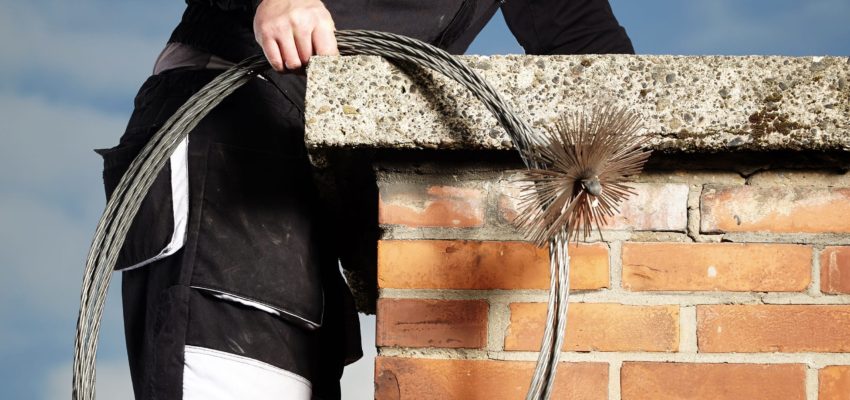How to Prep Your Fireplace – Tips on Fire Prevention, Part 2 of 4

Fire Prevention Week, It’s A Hot Topic Right Now!
With Fire Prevention Week coming up , there’s no better time than today for us to get you ready for it.
As your local community’s personal insurance experts, Bearingstar believes that proper planning helps us better protect our important clients, like you, and the people in your life.
Following is Part II of a four-part blog series featuring important, and easy, precautions you can take to keep your family and home safe from a fire catastrophe this fall and throughout the holiday season.
How to Prep Your Fireplace and Chimney for their Busy Fall and Winter Seasons
There’s been a bit of a chill in the morning air here in New England and with the cooler temperatures we’re sure to see the familiar sign of fireplaces and wood stoves burning: curls of chimney smoke.
However, well before any of us light that spark, let’s make sure that we’ve done our proper pre-planning. According to ThisOldHouse.com, fireplaces and chimneys are involved in 42 percent of all home-heating fires, so make sure yours are in tip-top shape for the cold season by following these five easy safety tips BEFORE their first use:
- Have a Chimney Safety Institute of America (CSIA) Certified Chimney Sweep inspect your chimney, and clean and repair it if needed. Find a CSIA qualified inspector in your area.
- Remove all ashes from your fireplace or wood-burning stove. This should actually be done every year at the end of the cold season, but just in case you forgot, let’s do that now. After you get this cleaned up, you won’t need to remove all the ash after every fire. In fact, according to CSIA, having a 1-inch layer of ash makes it easier to build and maintain a fire. Don’t forget to have a closed metal container outside for disposal of ashes.
- Get your firewood together now.
- Select dense wood, like oak, that’s been split and stored in a high, dry place for at least 6 months.
- Stay away from green wood and resinous softwoods like pine that produce a lot more creosote, a flammable by-product of combustion that can build up in the chimney. Creosote buildup is responsible for approximately 75% of all chimney fires.
- Brush up on your fire-building technique.
- Aim for a smaller fire, which will make less smoke, and thus less creosote buildup. Also, a fire that’s too large or too hot can crack the chimney.
- You should place logs at the rear of the fireplace on a metal grate and use kindling, rather than flammable liquids, to start the fire.
- Have all of the materials ready to go for when the inspiration hits you to build a fire.
- Buy a spark guard, or replace an old or damaged one.
- A mesh metal screen or glass fireplace doors will protect your home, and those enjoying the fire, from flying embers.
- Never let a fire burn unattended or overnight.
Wood-burning and Pellet Stove Safety
A wood-burning or pellet stove is another option for home-heating that has a cozy, old-fashioned flair. But these stoves do come with additional fire hazards. So if you’ve decided to go this route, double check the placement to make sure there is enough clearance between the stove and combustible materials, including floors, walls and ceilings. Also, only place the stove on a noncombustible, fire resistant base. In wood stoves, burn only dry, seasoned wood and in pellet stoves, burn only dry, seasoned wood pellets. Finally, when heating, consider opening a window a crack for ventilation.
Your chimney, and the flue that lines it, are extremely hard working and critical structures for your home’s “breathability”. While doors, windows and vents also help circulate the air in your home, your chimney has the most important function; carrying dangerous flue gases from your fireplace, wood stove AND your furnace safely out of your home. With so much responsibility, we believe they deserve special attention and care all year round.
Whether you are a Massachusetts or Connecticut homeowner, condo owner, or renter, Bearingstar Insurance will treat you and your home insurance needs with special care as well. We’ll clearly explain what critical coverages your individual situation requires should you lose all or part of your home and belongings to fire or smoke damage. Contact us for more information.
Read Part I of this blog series on Safe Yard Waste Removal.
Back to Blog
